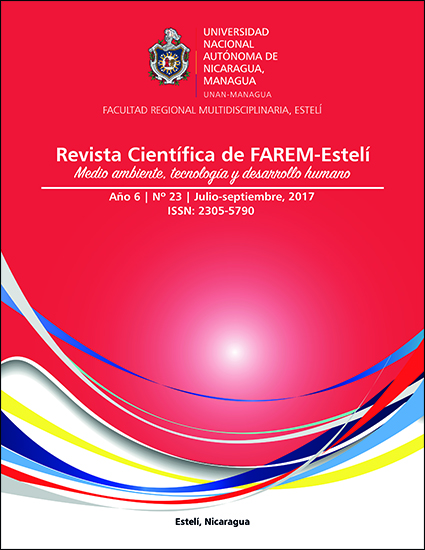Analysis of the legend La Llorona from two different contexts
Abstract
In this article, the authors make a comparative analysis of the Nicaraguan and Colombian version of the legend La llorona (The Weeping Woman), which is popularly known in many Latin American contexts. Our analysis builds on a qualitative research design (Creswell, 2014), which aims to describe and analyze ideas, beliefs and practices of groups and communities. Moreover, for purposes of the narrative analysis we make, we use central ideas introduced by the Bulgarian scholar Tzvetan Todorov (1970), on story level and discourse level, following a structuralistic current of story analysis. Our main results reveal that there are several similarities and differences between the two versions. Both stories deal with a woman, who throws her babies into the river due to life disappointments; both women have a tragical ending. However, some significant differences were identified, mainly related to possible morals that can be taken from the stories and the possible receptors. At the end of the article we present considerations that can be exploited inside the classroom in different educational levels.
Keywords: La llorona, The weeping woman, story, legend, comparative analysis, structuralism.



